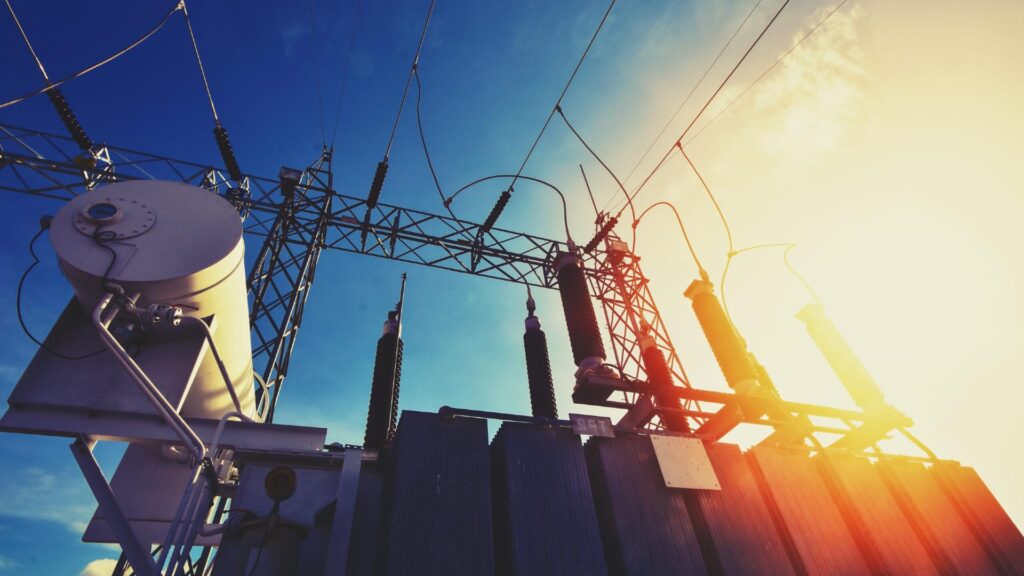ESG Clean Energy Carbon Capture System Achieves Positive Test Results
2 min read
ESG Clean Energy said that according to recent testing of its patented water removal system, its technology has a removal rate of over 90%, proving its ability to remove water from power generation emissions and efficiently capture carbon.
ESG Clean Energy’s system is able to treat exhaust streams to remove water vapor before carbon is captured. Since water molecules tend to negatively affect the carbon capture process, removing water may lower the cost of carbon capture and make it more energy efficient. The company’s water removal system may reportedly be retrofitted onto currently operating power plants, both on small and large systems.
ESG Clean Energy tested its system at its 4 megawatt power generation site in Holyoke, Massachusetts, where it achieved results exceeding initial expectations of an 83% water removal rate.
“We knew our design was solid, but we were not expecting to reach this level of efficiency so quickly,” said Nick Scuderi, president of ESG Clean Energy. “And given the fact that we have yet to fully optimize our design, we believe the efficiency will be even higher. This will work to our benefit as we scale to meet the demands of fossil fuel consumption in small and large power facilities, and eventually the transportation industry.”
Additional Technologies Arise to Improve Large-Scale Carbon Capture
Carbon capture has been identified as a necessary element in meeting global decarbonization goals. Carbon capture is currently only available on a comparatively small scale, but a number of companies and research institutions have been developing novel approaches to the technology in attempts to lower its cost and improve efficiency overall.
For example, researchers at Oregon State University recently discovered the ability of transition metal molecules to remove carbon from the atmosphere. At the beginning of this year, Capture6, K-water, and BKT established a joint pilot project to both capture carbon and recover freshwater through desalination.
The carbon sequestering capabilities of nature have also been identified as a more immediate solution to addressing growing levels of atmospheric carbon.
Researchers from Lawrence Livermore National Laboratory found that the carbon removal capabilities of the ocean, forests, soil, and other natural processes are the most viable short-term options for carbon removal and storage. This involves conservation efforts such as forest management, regenerative agricultural practices, and several other proven nature-based solutions.





